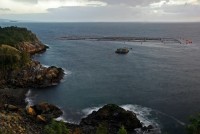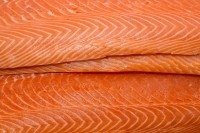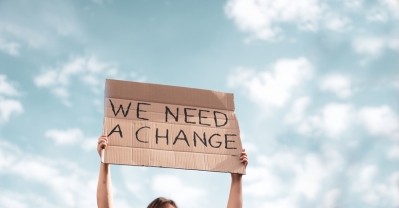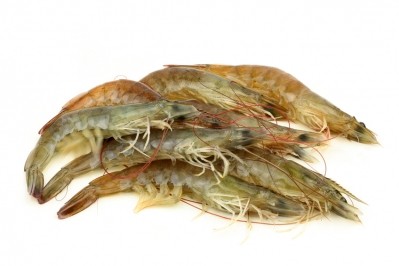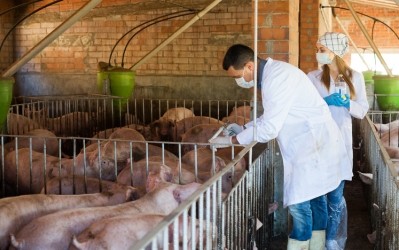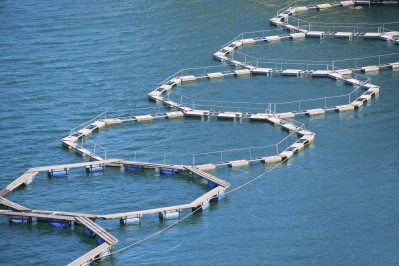Recovery in Chilean salmon sector could see feed investments, lower antibiotic levels
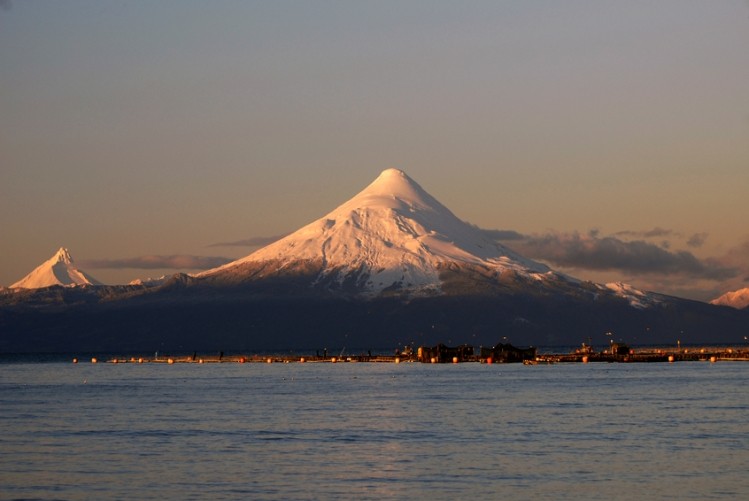
“With some degree of confidence, we can say Chilean salmon players are again becoming profitable, something which we have not really seen in the past eight or nine quarters, the industry has turned a corner,” said Gorjan Nikolik, analyst with the Dutch bank’s food and agribusiness research and advisory division.
Following a visit to the AquaSur aquaculture industry show in Puerto Montt last week, he published a review of that salmon production sector, the second largest in the world after Norway.
He told this publication this week:
“We talked to credit lenders, CEOs, and regulators while there to get a sense of where the market is going, taking account of volumes, expenditure and price projections.
“A few people we spoke to said they expected good performance by 2018 due to better biosecurity conditions, higher harvest weights, and good cash flow to purchase high performing feed.
“And we now forecast a growth rate of 10% by 2018 for Chilean producers based on a benchmark of volumes in 2015."
The salmon producers operating in Chile include international ones like Mitsubishi Cermaq, Marine Harvest, and Chilean operations such as Empresas Aquachile, Salmones Multiexport, Salmones Humboldt, Australis Seafoods, Los Fiordos, Compania Pesquera Camanchaca, Ventisqueros, Nova Austral and Blumar.
Four feed producers dominate there – Nutreco’s Skretting, Cargill EWOS, Biomar and local player SalmoFood.
Smolt release
Nikolik said 2017 figures will still be impacted by the algae bloom mortality rates this year, but companies should have a solid year.
Smolt release was expected to decline relative to 2014 and 2015, but most recent figures show increasing smolt release, said Nikolik.
He reckons, in 2018, the sector will be supported by one of two likely scenarios, either the same smolt levels as 2015 with similar fish performance or, otherwise, slightly lower smolt numbers compensated by better performance through feed and other interventions.
And observers have, more or less, ruled out another algae bloom occurring.
“The algae bloom in Q1 2016, which saw 100,000 tons of fish lost, is said to have resulted by the really warm sea temperatures coming from the El Niño weather phenomenon. That has passed and we are into a La Niña cycle now, so another such algae bloom event is reported to be unlikely,” said the analyst.
From a financial point of view, Nikolik said the financial losses from that March event were not as big as one might think: “A lot of small fish were killed; they had not reached a substantial weight yet so they had not taken up much in terms of feed and other input costs as larger fish would have. And, with the high mortality rates, Chilean salmon prices have increased, somewhat compensating for the losses.”
Price projections
He expects prices to stay high up until the first half of 2017.
The decline is likely to start after that, and will probably last throughout 2018 due to the recovering supply in both Chile and Norway and the effect of demand on the current record price levels, said Nikolik.
Nevertheless, he does not expect a price crash or a return to low price levels as global supply growth in 2017 and probably in 2018 will still be below long-term demand growth. And he said the profitable state of Chilean farmers will prevent any panic selling to service debt or pay for feed costs—something witnessed in 2015. The Chilean salmon industry is also increasing its marketing efforts in key markets, he added.
“From an exchange rate perspective, the Chilean salmon sector has also benefitted, more so that Norway recently,” said Nikolik.
Feed, vaccines, lice control
The higher volumes in 2018, he said, will also be based on the possibility of improving growth rates due to use of better feed and other productivity boosting inputs — made possible by the recent return to profitability. “The focus will be on small changes that can be made in the last few months of the salmon life cycle, boosting growth then through the use of high performing feed additives or through light technology, which is said to increase growth by 6 to 7% more.”
He said the industry might well see some positive effects of new SRS vaccines, like the one from Parmaq currently being tested in Chile, and other medications on lice by that time.
In the past few years, costs of production have increased dramatically in Chile, transforming it from the lowest to the highest cost producer of farmed salmon. Biological costs are the main driver, namely cost related to SRS and lice. “But some 21% of the Chilean industry is trialing the new vaccine, which is showing promise,” said Nikolik.
As these type of vaccines gains acceptance, it may be possible to eliminate the use of antibiotics and around USD$1 per kg of cost, said the analyst.
“Such vaccines are expensive though, so for the moment there is limited adoption. It may take three to four years before we seen an effect from their use and a reduction in antibiotic levels,” added Nikolik.
Lice control interventions are being explored as well. “Though let’s wait and see on those, we have heard of breakthroughs before in lice medicine that didn’t come off,” he cautioned.
But he noted the lower biomass in the industry due to the algae bloom has, in fact, improved the biological conditions, with mortality now dropping well below recent averages, even when excluding the algae bloom effect.
Put together, these factors could contribute to better fish growth and larger supply growth in 2018, said the analyst.
But after 2018, he said volume growth in Chile will be restricted by new legal limits on production allowing for a maximum of 3% growth in region 10 and 11, and only if biological performance is good.
